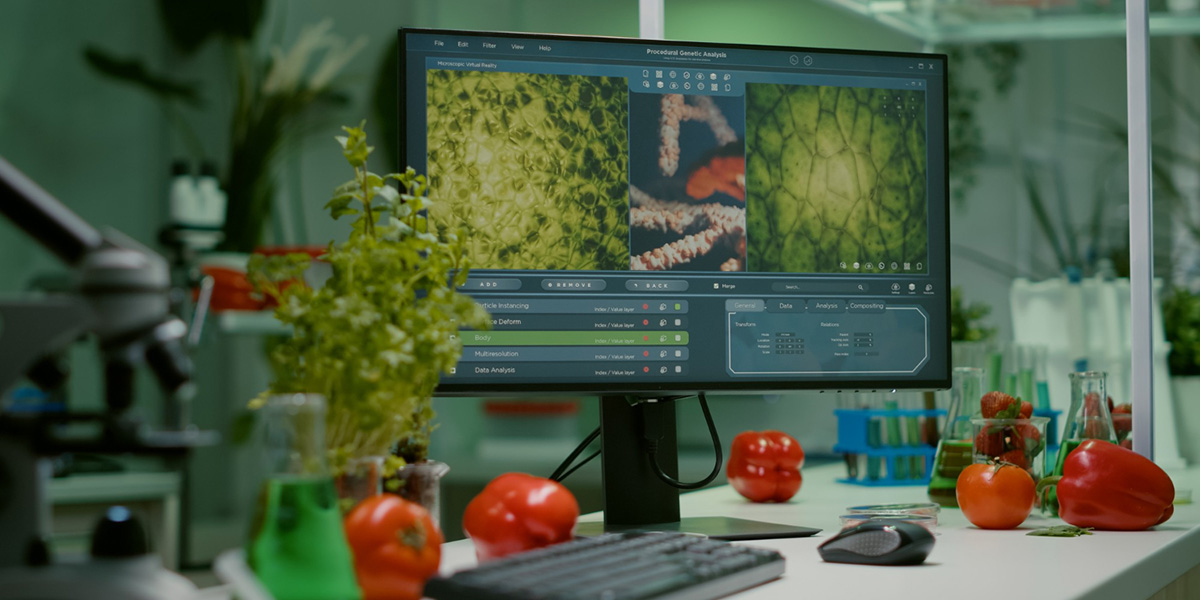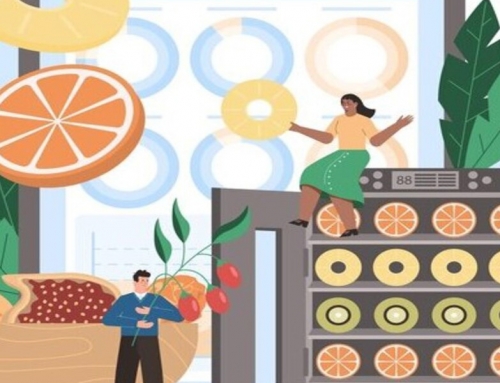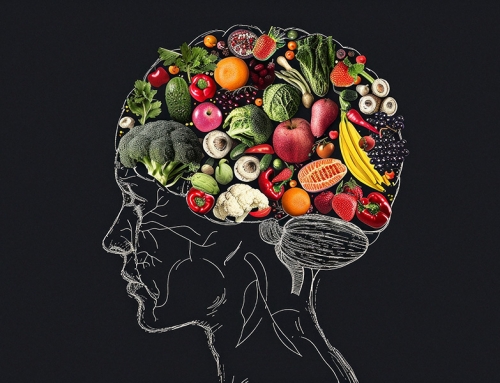Introduction
The challenges posed by the growing population, changing dietary preferences, and a heightened awareness of sustainable food practices have given rise to new complexities in food production. Food Informatics, which relies heavily on data utilization, emerges as a pivotal field in addressing these challenges. This discipline incorporates cutting-edge technologies such as the Internet of Things (IoT), where interconnected devices communicate through the Internet. Artificial Intelligence (AI) plays a crucial role in Food Informatics by facilitating the creation of algorithms and computational models. These enable machines to effectively process and analyze vast datasets, recognize patterns and correlations, and draw predictions or make decisions based on the acquired insights, distinguishing it from other research domains within the field (1,2).
Understanding Food Informatics
Food Informatics involves gathering, organizing, analyzing, and using data smartly from agriculture, the food supply chain, processing, retail, and consumer health. It aims to extract knowledge for intelligent analysis, optimizing food production, consumption, ensuring food security, and managing the end-of-life of food products. The term “end-of-life” refers to the final stage of a food product’s lifecycle, encompassing its disposal or utilization after reaching the end of its intended use. This phase involves managing aspects such as waste reduction, recycling, or appropriate disposal methods to minimize environmental impact. It is a system responsible for designing an information hub, utilizing technology to digitize the food industry and address specific concerns in the supply chain(1,3).
Key Focus Areas
- Precision Agriculture stands out as a significant application of food informatics, utilizing data from sensors and satellites for informed decisions on crop yields, resource management, and environmental impact reduction.
Precision Agriculture aims to achieve three primary objectives: firstly, optimizing resource utilization, such as seeds and fertilizers, to ensure sustainable crop production without compromising quantity or quality. Secondly, it seeks to mitigate adverse environmental effects associated with agricultural practices. Lastly, Precision Agriculture strives to enhance overall working conditions and address social aspects within the farming community, emphasizing improvements in the broader farming environment and the well-being of those involved in agricultural activities(4).
- Food Safety and Traceability are ensured through food informatics, employing technologies like blockchain to create transparent supply chain records, reducing contamination risks, and expediting recalls.While employing Blockchain technology may enhance the security of stored information, it does not address the fundamental challenge in data-related analyses known as the “Garbage In, Garbage Out” principle. This principle asserts that the output quality of an analysis is contingent on the quality of the input. Despite its role in secure data storage, Blockchain technology does not inherently resolve issues associated with the accuracy and reliability of the data input into the system(4,5).
- Personalized Nutrition is another intriguing aspect, leveraging data analytics and machine learning to offer tailored dietary recommendations based on individual genetic makeup, lifestyle, and health goals. Ongoing research explores the development of personalized nutrition strategies through data-driven approaches(4).
Application
Food Informatics plays a vital role in delivering essential nutritional information to the masses, raising awareness about diverse foods and fruits.by leveraging technology to disseminate detailed nutritional information. Through accessible platforms, it educates the masses on the health benefits associated with a variety of dietary options, encouraging informed choices. This heightened awareness not only promotes individual well-being but also contributes to fostering a broader understanding and appreciation for the cultural, nutritional, and regional diversity within the realm of food consumption. It contributes to fulfilling territorial missions through healthy food information systems. Moreover, it supports academics, healthcare professionals, and community development projects, facilitating the collection of nutritional data for product manufacturing in the food industry(3).
Challenges and Issues
Developing Food Information Systems demands expertise in Food and Nutrition. Integration of Database, Web development, Networking, and Communication is crucial for creating error-free Nutritional Information Systems. These systems, beneficial for the public, require effective human-computer interaction and usability engineering. For farmers, it provides global market information, aiding in strategic planning. Food processing industries benefit from improved systems, fostering healthier connections. Funding challenges persist, necessitating early-stage investment in information infrastructure. For farmers, data analytics driven by networking provides essential global market insights for strategic planning. Improved systems in food processing industries, achieved through integrated technology, optimize production processes. Despite funding challenges, Food Informatics emphasizes early-stage investment strategies. Creating awareness among the public requires educational programs, training, and government initiatives, emphasizing collaboration between sectors and countries. Awareness among food and nutrition experts is essential(3).
Conclusion
In addressing the challenges posed by a growing population and shifting food landscape, Food Informatics emerges as a crucial field. With its focus on Precision Agriculture, Food Safety, Traceability, and Personalized Nutrition, it pioneers data-driven solutions to optimize food production and consumption. By gathering and utilizing data intelligently, Food Informatics contributes to sustainable practices, offering health benefits, and advancing research for a more informed and efficient food industry. Challenges in developing robust information systems underscore the importance of expertise, technology integration, and collaborative efforts to overcome hurdles and realize the full potential of Food Informatics.
References
- Krupitzer, C., & Stein, A. (2021). Food Informatics—Review of the Current State-of-the-Art, Revised Definition, and Classification into the Research Landscape. Foods, 10(11), 2889. //doi.org/10.3390/foods10112889
- J.J.P. Koenderink, J.L. Hulzebos, H. Rijgersberg, & Top, J. L. (2005). Food informatics : sharing food knowledge for research and development.
- Paul, P., Aithal, P. S., & A. Bhuimali. (2017). Food Informatics and its Challenges and Opportunities- A Review. Zenodo (CERN European Organization for Nuclear Research). //doi.org/10.5281/zenodo.996933
- Smith, J., Doe, J., & Johnson, A. (2018). “Precision Agriculture: A Comprehensive Review.” Journal of Agricultural Science, 25(3), 123-145.
- Armbruster, W., & Macdonell, M. (2014). Informatics to Support International Food Safety. //enviroinfo.eu/sites/default/files/pdfs/vol8514/0127.pdf






Leave A Comment